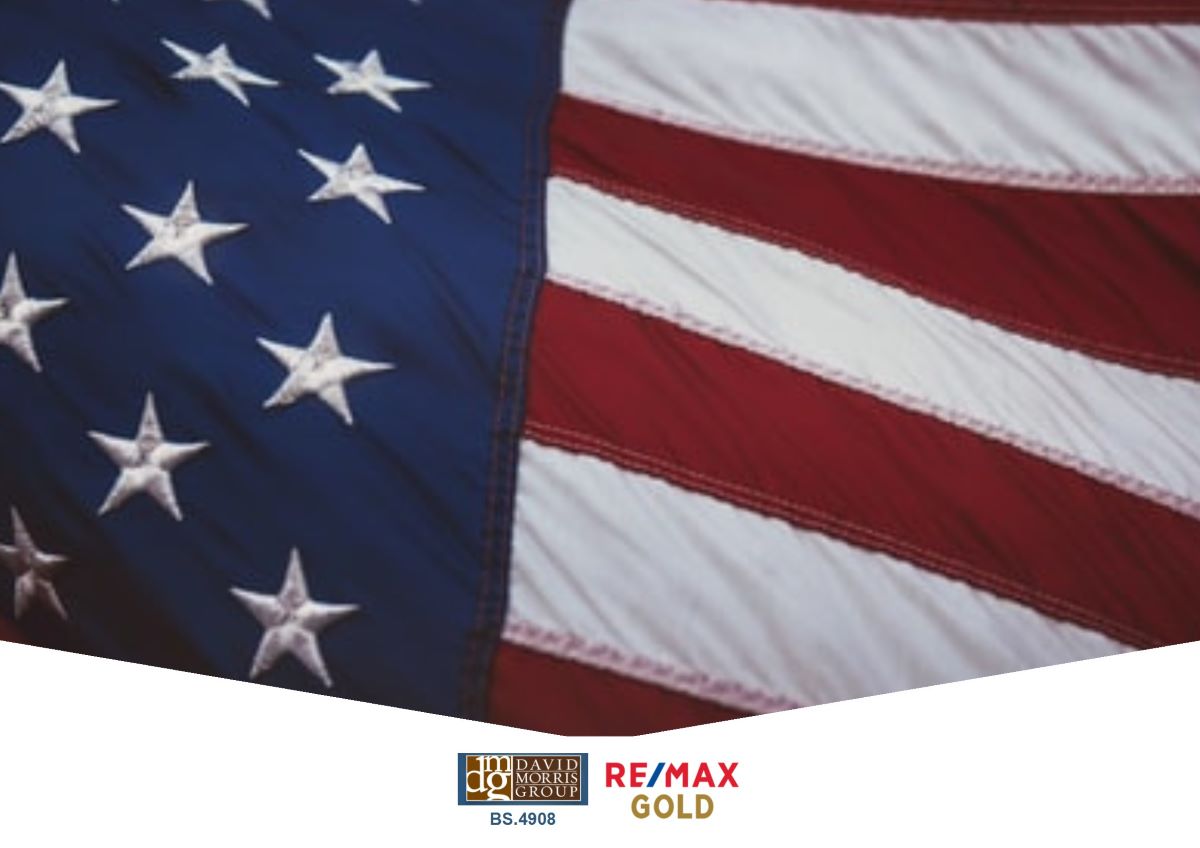Old Glory
At the start of the American Revolution in 1775, there was no single united flag to fly. Colonists were fighting in separate regiments under their own flags. In June of that year, the Second Continental Congress met in Philadelphia in the hopes of creating a more organized and unified colonial fighting force. As a result, the Continental Army was created, with George Washington as their Commander in Chief, as was the first “American” flag. The new unified flag had 13 alternating red and white stripes and a Union Jack in the corner, which looked very similar to the British flag. Washington was against flying a flag that was even remotely close to the British flag. Not only was it not the best confidence-builder for his soldiers, but it was also confusing amidst the chaos of battle. As a result, Washington turned his efforts toward creating a new flag as the symbol of freedom for the new nation.
The Second Continental Congress paused from writing the Articles of Confederation on June 17th, 1777, to pass a motion stating that “the flag of the United States be 13 stripes, alternate red and white,” and that “the union be 13 stars, white in a blue field, representing a new constellation.” Thus creating a National Flag for the United States.
In 1916 President Woodrow Wilson issued a presidential proclamation establishing a national Flag Day to be observed on June 14th, commemorating the date the United States approved the design for its first flag. Since then, Americans have honored the adoption of the Stars and Stripes by displaying the flag in front of their homes. However, Flag Day wasn’t officially signed into law until 1949, when U.S. Congress permanently established the date, and President Harry Truman signed it. The legislation also called upon the president to issue a yearly flag day proclamation. Each year since the U.S. president delivers an address that proclaims the week of June 14th as National Flag Week, and all Americans are encouraged to fly U.S. flags during that time.
As we come upon the annual celebration of our Stars and Stripes, here are a few fun facts about “Old Glory”:
Not Betsy Ross
While it’s widely believed that Betsy Ross sewed the first flag in 1776, she was never credited with the work during her lifetime. In 1870, Ross’s grandson relayed stories that she told him as a child about sewing the flag to the Historical Society of Pennsylvania. Still, there isn’t any historical evidence to back it up. It has since been confirmed that a delegate from New Jersey by the name of Francis Hopkinson is the actual designer of the American flag.
First Flag Flyer
In 1885 a small-town Wisconsin teacher named Bernard Cigrand had the original idea to celebrate the American flag across the country every June 14th. He led his school that year in the first formal observance of Flag Day.
A++
When it seemed inevitable that Alaska would be admitted to the Union in the 1950s, the American flag began being retooled to add a 49th star. Meanwhile, a 17-year-old student from Ohio named Bob Heft disassembled his family’s 48-star flag on his mother’s sewing machine and stitched 50 stars in a symmetrical pattern. He submitted his creation for a class project and explained that he used 50 stars because he also expected Hawaii to join the Union. To his dismay, he only received a B-. Heft decided to send the flag to his congressman anyway. After both new states joined the Union, the congressman presented the flag to President Eisenhower, who selected Heft’s design. On July 4th, 1960, the president and the high school student from Ohio stood together and hoisted the 50-star spangled banner for the first time! (Heft’s teacher subsequently changed his grade from a B- to an A+ when Hawaii did, in fact, become the 50th state.)
It’s almost time to raise Old Glory once again in honor and celebration of our great nation!
If you have questions about the Reno real estate market, we are happy to help! Contact the David Morris Group, or call us at (775) 828-3292.














